… and occasionally ride camels. Nearly all exponents of anarchism, for example, have used the term to refer to a natural state of society in which people are not governed by submission to humanmade laws or to any external authority. They are also fundamentally in agreement over the belief that anarchism is above all a moral doctrine concerned with maximizing the personal freedom of individuals in society. The tendency has been to demonize all anarchists rather than to provide a balanced explanation of a genuinely complex and subtle historical phenomenon. Still, intellect might win the debating prize, but dynamite has put fans in the seats, though terrorism is not one of the normative features of the doctrine. The fact is that terrorism has never been central to anarchist thinking and actions and the destructive and chaotic side of anarchism was only briefly and superficially ever a dominant feature of the movement. ….
In the eighteen nineties in Paris, the swan song of la Belle Epoque, terror was the rule of thumb and not the rule of law. Auguste Vaillant, and Francois Ravachol, the murderer of Prime Minister Carnot, defiantly received the French guillotine experience. Vaillant cried ” Death to bourgeois society and long live anarchy!” Ravochon echoed the same refrain and walked to the guillotine singing an obscene and blasphemous song
An extraordinary cult imediately grew up around the latter, a former grave robber and murderer. His name was adopted as a verb- ”ravacholiser” , meaning to assassinate. The cafe in which he had been arrested was blown up and the proprietor killed. Songs were written about him. But the crispest comment on Ravachol was provided by the anarchist journal ” La Revolte” ; his explosions had, it said, ”to some extent rehabilitated the reputation of dynamite , which previous attempts had somewhat diminished.’

''War is the health of the State. It automatically sets in motion throughout society these irresistible forces for uniformity, for passionate cooperation with the government in coercing into obedience the minority groups and individuals which lack the larger herd sense.'' - Randolph Bourne
Gaie Paris. The greatest panic of all however, was caused by an act of such apparently casual terrorism that it seemed that no one and no place were safe. The cafe Terminus, at the Gare St. Lazare in Paris, was no resort of the rich or the powerful. One evening a week after the execution of Vaillant a bomb exploded, killing one of the customers and wounding a number of others. The murderer, young Emile Henry, declared that the bomb was in revenge for Vaillant’s death and regretted that more had not been killed.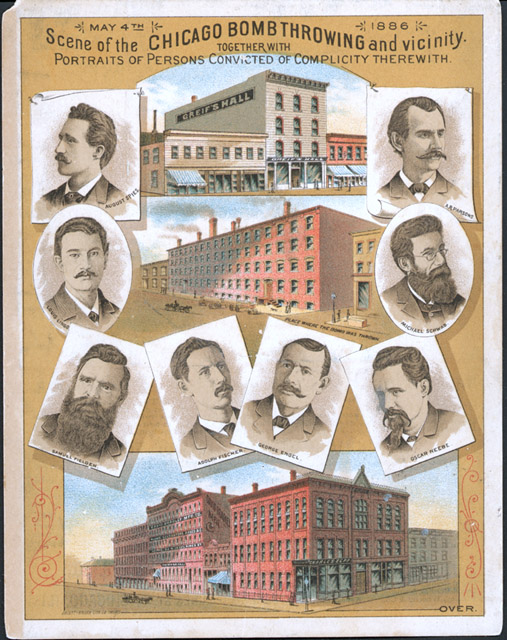
Pale and fine featured, the son of an old revolutionary, Henry, who admitted to several other bomb outrages, was better educated than most anarchist terrorists. A brilliant former pupil of France’s chief school of science, the Ecole Polytechnique, he had the arrogance of intellectual pride , and there was a cold ruthless logic in his fanaticism. ”There are no innocents” , was his justification of his deed, a remark that may or may not seem less outrageous when we realize that it is logically equivalent to the more familiar claim that ”we are all guilty”.
The future French premier Georges Clemenceau witnessed Henry on the scaffold. ” like a vision of Christ, his face terribly pale but implacable. His ghastly expression hypnotized me. I could look at nothing else. He looked around, and then, opening his mouth horribly, forced convulsively out in a hoarse but strong voice, ‘Courage comrades, Long Live Anarchy!”
Artists and writers were sometimes among the apologists for anarchist outrages, finding in them a more emphatic and heroic expression of their own hatred for bourgeois society, or perhaps seeing in violence’s sake a kind of echo of the fashionable aesthetic creed of art for art’s sake. ”What do the victims matter,” the French poet Laurent Tailhade was quoted as saying, ”provided the gesture is fine?” His comment when he himself subsequently lost an eye in an anarchist explosion is not recorded.
Executed anarchists like Ravachol, Vaillant and Henry were celebrated as sacrificial Christs. Among the artists and men of letters who called themselves anarchists or subscribed to the anarchist journal ”La Revolte” were Alphonse Daudet, Anatole France, the poet Stephane Mallarme, Oscar Wilde, and the painter Camille Pissarro
ntings-1.html">
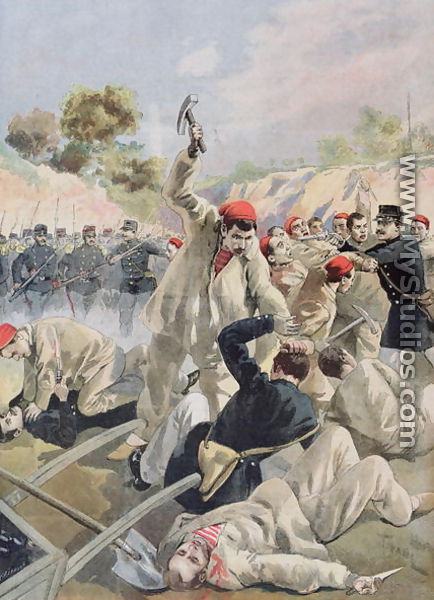
A Revolt of French Anarchists in Guyana, illustration from Le Petit Journal, 16th December 1894






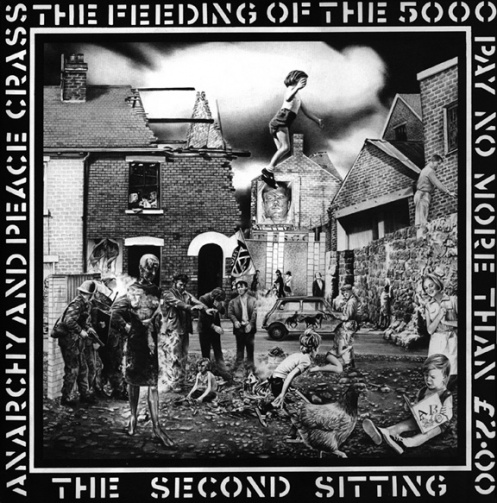
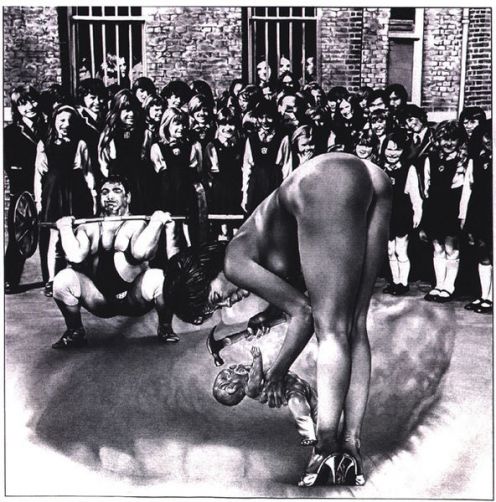
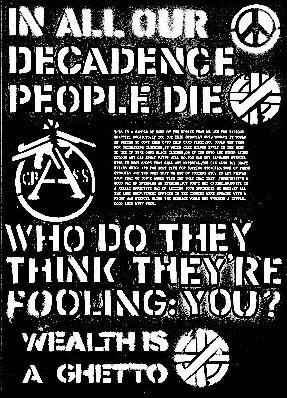
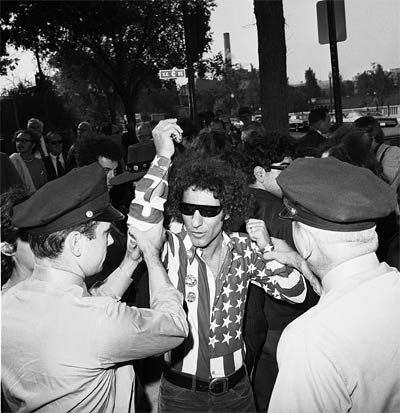






 COMMENTS
COMMENTS




This series on anarchism leaves me even more befuddled on the topic! But that’s OK! :-) Had you just started with the gleeful postures of The American Enterprise Institute, that would have been enough for me. ;-) relying heavily on emoticons here.
I have felt that Dionysian Anarchism in profound joy and despair and once or twice as a kind of terrorism/art. After the patriot act, I guess it is the case of terror that is currently employed most in critiques of anarchism. How comforting that G20 agitators, “Al-Qaeda” and eco-terrorists hiding in and spiking Redwoods all have something in common. Very few people otherwise manage to tell them apart from each other.
I guess this somehow says something about why no one imagines BP as eco-terrorists, vandals or rogue would be states.
-mason
Yes, I think the order in which these articles appeared could have been sequenced in a different manner. As you can see, its a ”VECTOR” concept that goes in many directions and it encompasses the weekend warrior to the professional agitator. Many, are simply attracted to the aesthetic of the movement and its bohemian character. The personalities are fascinating as well. The Gelvin piece is a bit controversial, but it has its merits, but obviously stops short when the wolf is at the door so to speak. Best,
Dave